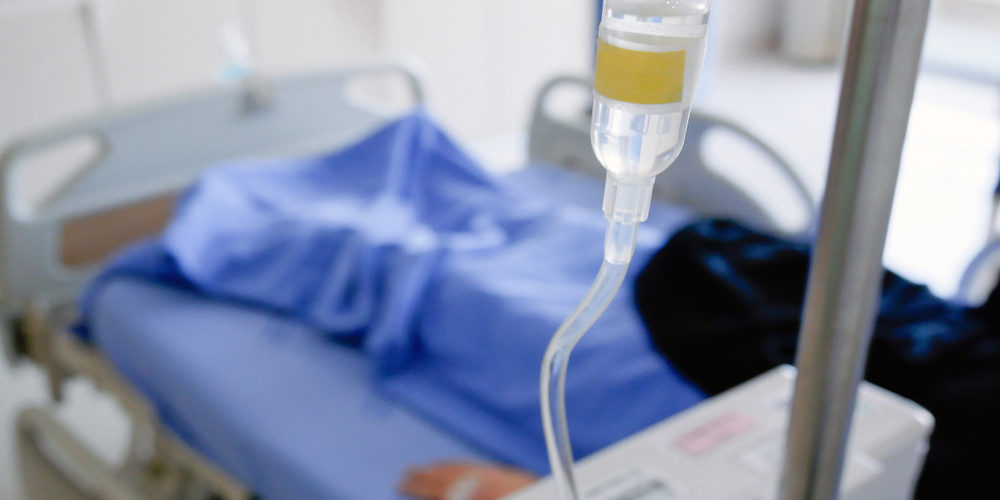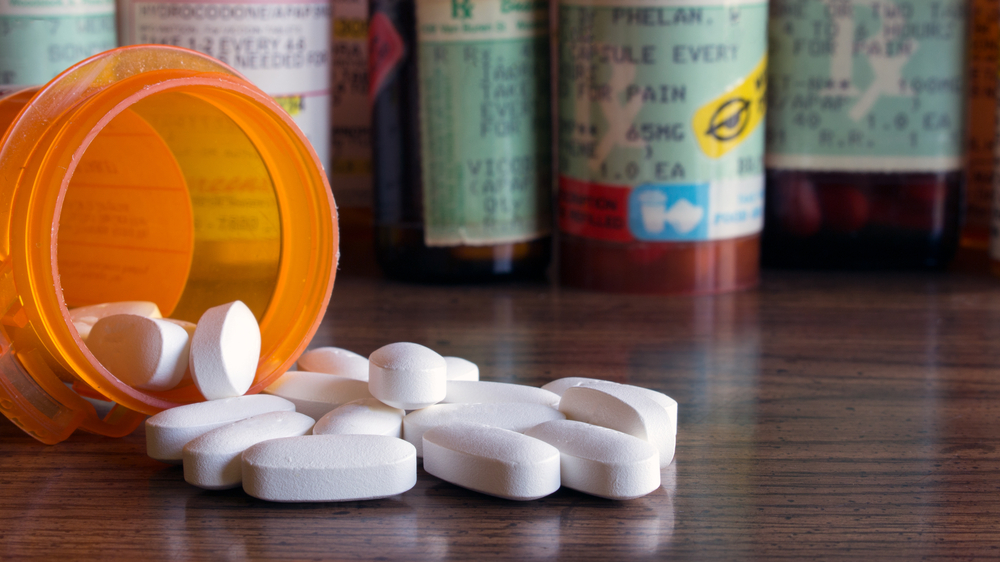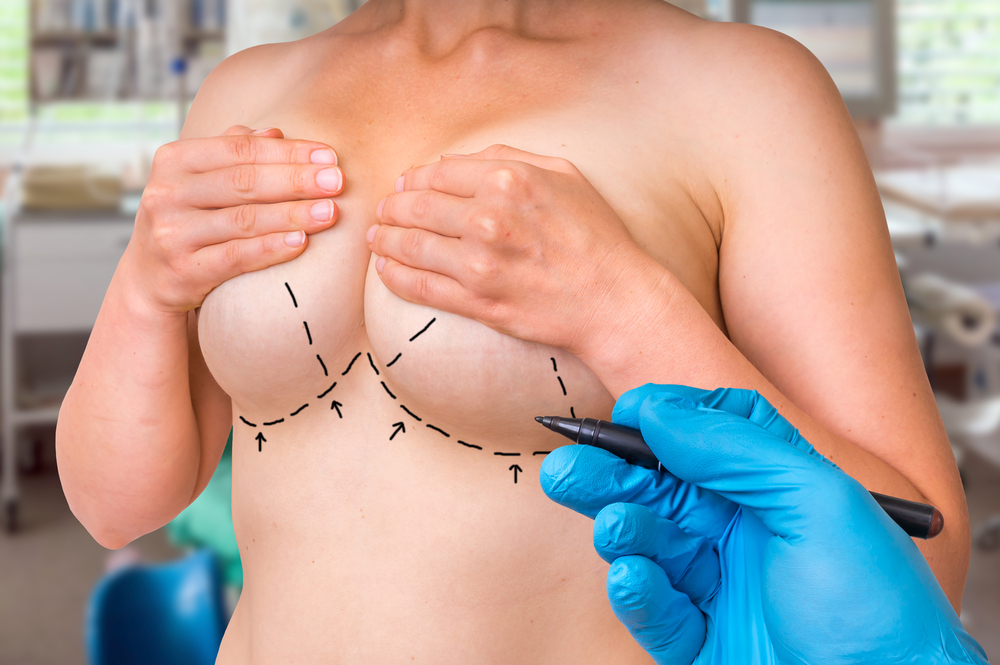- There are many effective opioid alternatives for anesthesia and pain relief during and after surgery.
- Opioid-free local anesthesia, sedatives, or general anesthesia can be safely administered during cosmetic surgery.
- Exparel is an opioid-free anesthetic injection that is given during surgery and provides pain relief for days after.
- Ibuprofen and Acetaminophen are common oral opioid alternatives for pain relief after surgery.
Opioid use has become a national health crisis in the United States. Over 42,000 people died from opioid overdose in 2016, nearly 30% more than in 2015. Large studies are underway to find timely solutions.
The American Society of Anesthesiologists (ASA) suggests that opioid alternatives may be the best choice for all patients following surgery. “There are effective alternatives and many people don’t need opioids at all or at least should drastically reduce the amount they take,” said ASA President James D. Grant earlier this year.
While research holds promise for the future, many opioid-free treatments for pain relief already exist. We’ve prepared a comprehensive list of non-opioid medications and the science behind their rational use, from the waiting room and surgery to post-surgical care.
Addiction recovery: What to consider before surgery
If you have a history of opioid abuse, there are additional factors to consider. A cosmetic journey starts with trust — the following questions should be openly addressed with your healthcare providers.
- Are you taking medications (Methadone, Suboxone, Naltrexone) to help you stay in recovery? If so, your doctor and anesthesiologist need to know so they can plan ahead.
- Do you occasionally use street opioids? Meeting with an interdisciplinary team can help you plan for the recovery path ahead before making the decision to undergo surgery.
- Are you in recovery and abstinent from any opioids? In that case, you may wish to avoid opioids altogether.
Depending on the cosmetic procedure, different types of anesthesia are available. Talk with your doctor about the best solution for you, as in some cases more than one option may be possible. The cost of pain medications will vary depending on your insurance provider, facility, dose, brand, and procedure.

RELATED: Opioid Addiction and Surgery — Pain Management for Recovering Addicts
Local anesthesia: What are the options?
Local anesthetics are applied to the area where the effect is needed and work by blocking nerve sensations that cause pain. Local anesthetics do not contain opioids. During plastic surgery procedures of the head and neck, epinephrine is combined with a local anesthetic to prolong the duration of anesthesia and improve safety.
- Lidocaine
The most commonly used local anesthetic in the United States, Lidocaine is low-cost and suitable for short and simple procedures.
- Bupivacaine (Marcaine™)
Bupivacaine has a lower risk of adverse effects and is a better option for longer procedures than Lidocaine, but the injection may be more painful.
- Exparel
Exparel is a slow-release Bupivacaine injection that reduces the need for opioids after surgery. It is given as one dose during surgery and lasts for up to three days after to provide effective pain relief.
Exparel is superior to standard Bupivacaine, but its higher price has been somewhat controversial ($285/vial for Exparel and $3/vial for Bupivacaine). In the long-run, Exparel may actually be more cost-effective as it cuts your hospital stay and the need for additional painkillers.
- Tumescent anesthesia
Tumescent anesthesia is a type of local anesthesia used for liposuction that can be combined with IV sedation to increase comfort and reduce pain.
- Other local anesthetics
Other local anesthetics include Mepivacaine, Prilocaine, Ropivacaine (Naropin) and Articaine (Septocaine).
Ropivacaine may reduce the need for opioids, and both the brand name and generic cost under $50 (standard supply of 100mm). Septocaine is used for dental procedures.
Researchers are working on uncovering new molecules that would use local anesthesia for pain relief. A toxin from the Thailand cobra snake, under investigation, may prove to be a long-lasting, low-cost, and opioid-free local painkiller. It’s possible that new local anesthetics cultivated from it could be formulated to last 7-20 days, reducing the need for other treatments.
MAC local anesthesia with sedation
Monitored Anesthesia Care (MAC) is a safe approach that allows for faster recovery after surgery than general anesthesia. Sedating drugs are given first through an IV, at the same time relieving anxiety, pain, and increasing comfort. Local anesthesia is then applied to the area of surgery.
MAC is cost-effective, as it requires a lower dose of drugs than general anesthesia. MAC is administered by a knowledgeable anesthesia care team and individualized to each patient. Anti-anxiety medications can be given before the procedure to make you feel more relaxed.
Numerous non-opioid drugs can be used as sedatives when following the MAC approach:
- Midazolam (Versed)
Midazolam belongs to an anti-anxiety group of drugs known as benzodiazepines. It induces sedation and amnesia during MAC and pain relief after surgery.
- Propofol (Diprivan)
Propofol is a less-sedating and frequently used drug. Propofol also reduces nausea and vomiting — symptoms that often require additional treatment and are worsened by opioids and pain itself.
- Ketamine with Propofol (Ketofol)
Ketofol offers an almost ideal combination for sedation that tackles both pain and nausea. Newport Beach, California’s Dr. Barry L. Friedberg reviewed 80 clinical trials and found that Ketofol increases patient satisfaction, shortens recovery time, and eliminates the need for opioids. Propofol is given first to induce rapid sedation, followed by Ketamine to block pain pathways.
- Dexmedetomidine (Precedex)
Dexmedetomidine and Clonidine belong to the same class of sedative painkillers that act on the brain and blood vessels. Dexmedetomidine is newer, also relieves anxiety, and has fewer side-effects. Recovery is slow and it may not be safe for elderly patients, as drops in blood pressure and heart rate can occur with its use.
- Non-Steroidal Anti-Inflammatory Drugs
NSAIDS such as Ketorolac are another safe option.
General anesthesia
General anesthesia is a deep state of unconsciousness, and it may involve the use of several different opioid alternatives — known as multimodal anesthesia — to achieve an effect similar to potent opioids. Since multiple medications and complex procedures are involved, the cost is usually higher.
Anesthesiologists have recently developed techniques for Opioid-Free Anaesthesia (OFA) that can include a mixture of acetaminophen, NSAIDs, oral anti-seizure drugs, magnesium, and sedatives. OFA may also be a safer option for gastric sleeve surgery.
Dr. Christian Whitney, DO, a board-certified Anesthesiologist and Pain Management Consultant based in Greenwich, Connecticut, and co-founder of FDL Recovery, observed an increasing popularity of opioid-free MAC and OFA.
“I am comfortable using these techniques,” says Dr. Whitney. “It’s very rewarding to provide excellent pain control and patient satisfaction while avoiding opioids.”
RELATED: 10 Plastic Surgery Procedures That Can Be Done Under Twilight Anesthesia
Pain management after surgery
Dr. James B. Ray, PharmD, CPE, clinical pharmacy coordinator of pain and palliative care at the University of Virginia Health Centre in Charlottesville, Virginia, urges clinicians to consider opioid alternatives after surgery.
A variety of opioid-free drugs can be combined to provide optimal pain relief and reduce opioid use. “We want to promote a synergistic effect by potentiating the action of one agent with another — one plus one equals three.” Dr. Ray says.
Opioid-free medications for pain relief after surgery include:
- NSAIDs
Common nonsteroidal anti-inflammatory drugs include Ibuprofen (Advil, Motrin IB) and Naproxen (Aleve, Anaprox), Celecoxib (Celebrex), and Ketorolac.
Celecoxib may be more suitable for people prone to gastric bleeding or kidney problems, but carries the risk of potential cardiovascular adverse effects. Ketorolac provides strong pain relief, but should not be used for more than five days.
- Acetaminophen (Tylenol)
It can be used alone or in combination with NSAIDs for a synergistic effect. Acetaminophen alone should be taken regularly after surgery to achieve the desired effect. Acetaminophen doesn’t carry the risk of damaging the stomach lining, unlike Ibuprofen and Naproxen.
- Ketamine (Ketalar)
Ketamine affects pathways in the brain and spinal cord, rapidly altering the sensation of pain. Low doses of Ketamine can provide effective and safe pain relief. Due to its unique action, Ketamine reduces the need for opioids but does have adverse effects which need to be discussed with your doctor.
- Gabapentin (Gralise, Horizant, Neurontin) and Pregabalin (Lyrica)
These are anti-seizure medications. They can be given both before and after surgery to reduce pain. Prices vary depending on the brand.
What about medical cannabis?
Many pain clinicians and researchers agree that medical cannabis shows promise for managing pain, but more research and regulations are needed to assess its safety and efficacy.
Conflicting opinions among clinicians are causing a steaming debate. Some doctors think that the risk of triggering addictive habits with cannabis outweighs any potential benefits. Others, like Dr. Mark Hashim, a board-certified Anesthesiologist in Hudson, Florida, hold that medical cannabis may even help patients wean off opioids and improve anxiety.
“I’ve given it to patients who are in recovery and haven’t had an issue,” Hashim says.
Check your local laws and talk to a healthcare professional if you are considering medical cannabis for pain relief.










